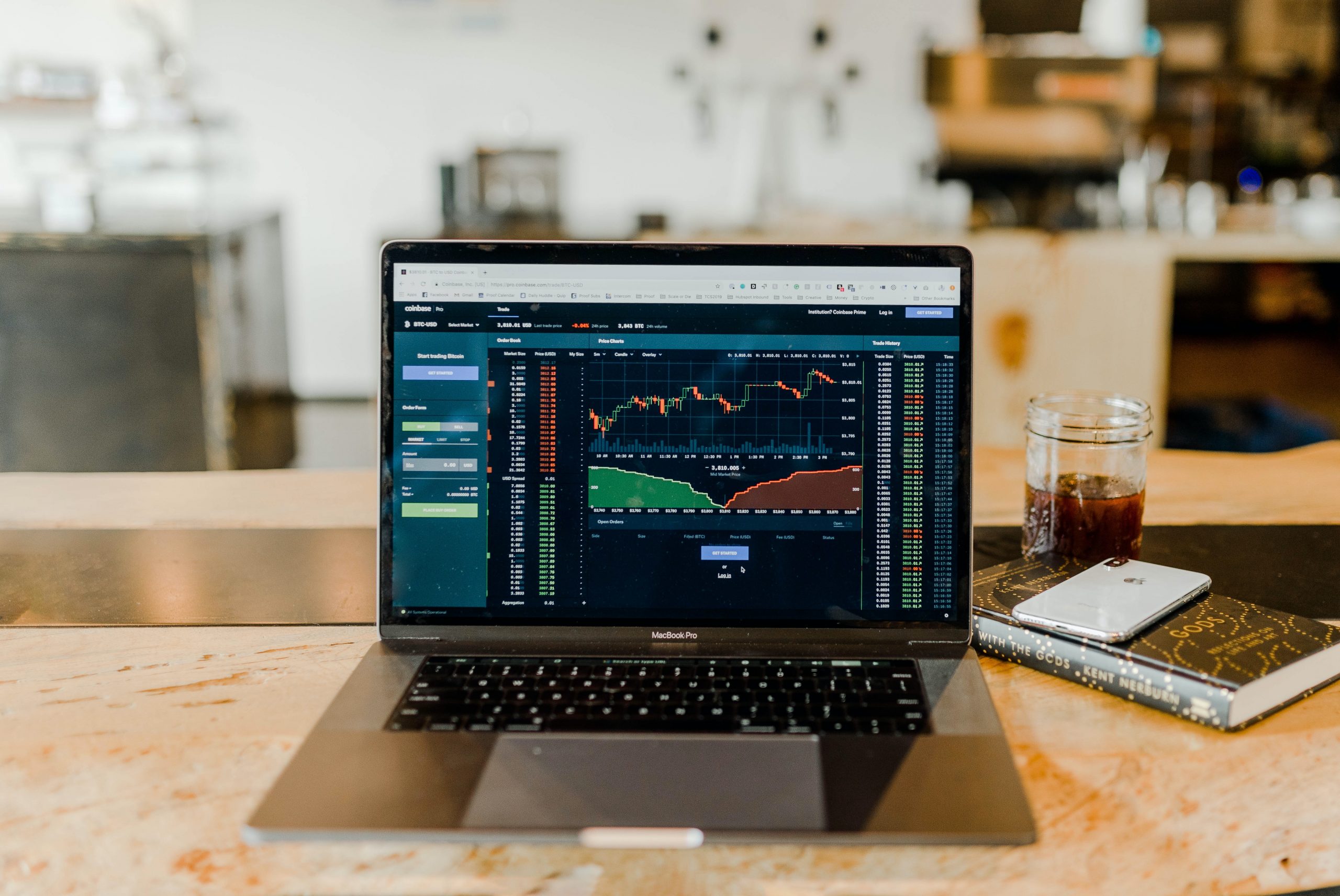The term ‘Index Funds’ covers a wide range of investment options including common stock funds, exchange-traded funds (ETF), futures and bonds. The term was first used by Burton Malkiel in his book “You Can Be Stacked With Profits”, in 1971. Since then the use of this investment technique has become much more widespread and has turned out to be an effective tool for investors who are looking for an alternative to traditional stock market trading. There are various types of index funds, each of which is designed to track an underlying index that has been predetermined.
Some popular market indexes
There are several other types of index funds that you may be able to find online; for example, private equity funds and real estate funds. These investment options are designed to follow a particular industry sector. Here some of the most popular Indexes that are tracked:
- Dow Jones Industrial Average
- NASDAQ Composite Index
- S&P 500
- 10 Year Treasury Note Yield Index
- 30 Year Treasury Bond Yield Index
- Gold/Silver Index
- Oil Index
Mutual funds follow specific benchmarks, based on various asset classes, and investors are required to buy into the fund. However, with this strategy there is no limit on the size of investment as the price of shares can be increased or decreased as the performance of the underlying index changes. Another benefit is that mutual funds can be easily bought and sold without any restrictions.
If you are not sure what the term ‘index funds’ means, it can mean a variety of things. The term can also refer to the trading style of investing in broad sectors. Many index funds invest in a variety of sectors, while others only invest in one sector.
Other types of index funds are open-end funds, which invest in securities and then promise to return a specific return on your money over a certain time period. Open-end funds are considered very safe investments because they have low risk, however, the returns can be volatile.
The funds can be invested in various indexes, such as the DOW, S&P 500 or the FTSE 100. The funds that are included in the indexes are calculated using numbers from the prior years calculations. Therefore, when the funds make their earnings, they are added to the latest calculated numbers.
The fund managers then distribute these numbers to the investors based on the recommendations of the fund managers. Since the fund managers try to keep investors in good stocks and risk-free funds, the returns are reinvested in the fund rather than paid out to the investors.
It is very important to consider the right type of index funds when you are looking to increase your savings and increase your returns. By taking the time to learn all you can about index funds, you will be better prepared to make the right choice when it comes to which type of fund to choose.
Many of the institutions that offer a complete investment portfolio will include at least one ETF, i.e. an Exchange Traded Fund. ETFs have many advantages over mutual funds and stocks, particularly when it comes to a low-cost entry point into the market.
With mutual funds, your total asset base is limited by the combination of shares of the companies you wish to invest in, and in the number of shares you have issued. In short, your fund’s holdings are limited by the capital and liquidity of the company that owns them. An example of a mutual fund, the SPDR S&P 500 ETF, invests in a diverse range of companies, but it has a fixed holding of a total of 500 shares.
ETFs do not trade shares; they trade “units” of a product or asset, and in this case, they are shares of the underlying company. You can buy ETFs directly from the provider, rather than through a broker, because they are traded directly between themselves. In fact, all ETF trading is done over the internet. The source of these units is also more or less the same: the ETF provider.
This means that unlike stocks, which trade in different indices (and you can imagine how difficult it would be to analyze such a vast array of companies), the ETFs available for buying are all based on a single market or sector. This means that the decision to invest in an ETF is easier than trying to sort through all the charts and figures that would be required to decide which sector to invest in. When you look at all the ETFs available on the market, it can be a little daunting, but as there are a number of providers, the choice is even easier.
There are many different things to consider when selecting an ETF: what you want to achieve with the funds, how much you’re willing to spend, your investment goals, and other such decisions. The best way to help you choose the right one is to take the time to find out as much as you can about the different types of funds and the ETFs available.
Before you buy, you should always read any prospectus carefully, to make sure that you understand all the terms and conditions of the fund, before you invest any money. With index funds, you are certainly entitled to a free audit before investing, so don’t be afraid to ask for one.
Investing can be scary but education is key. Have a look at this article Easy steps to invest stress free

No responses yet